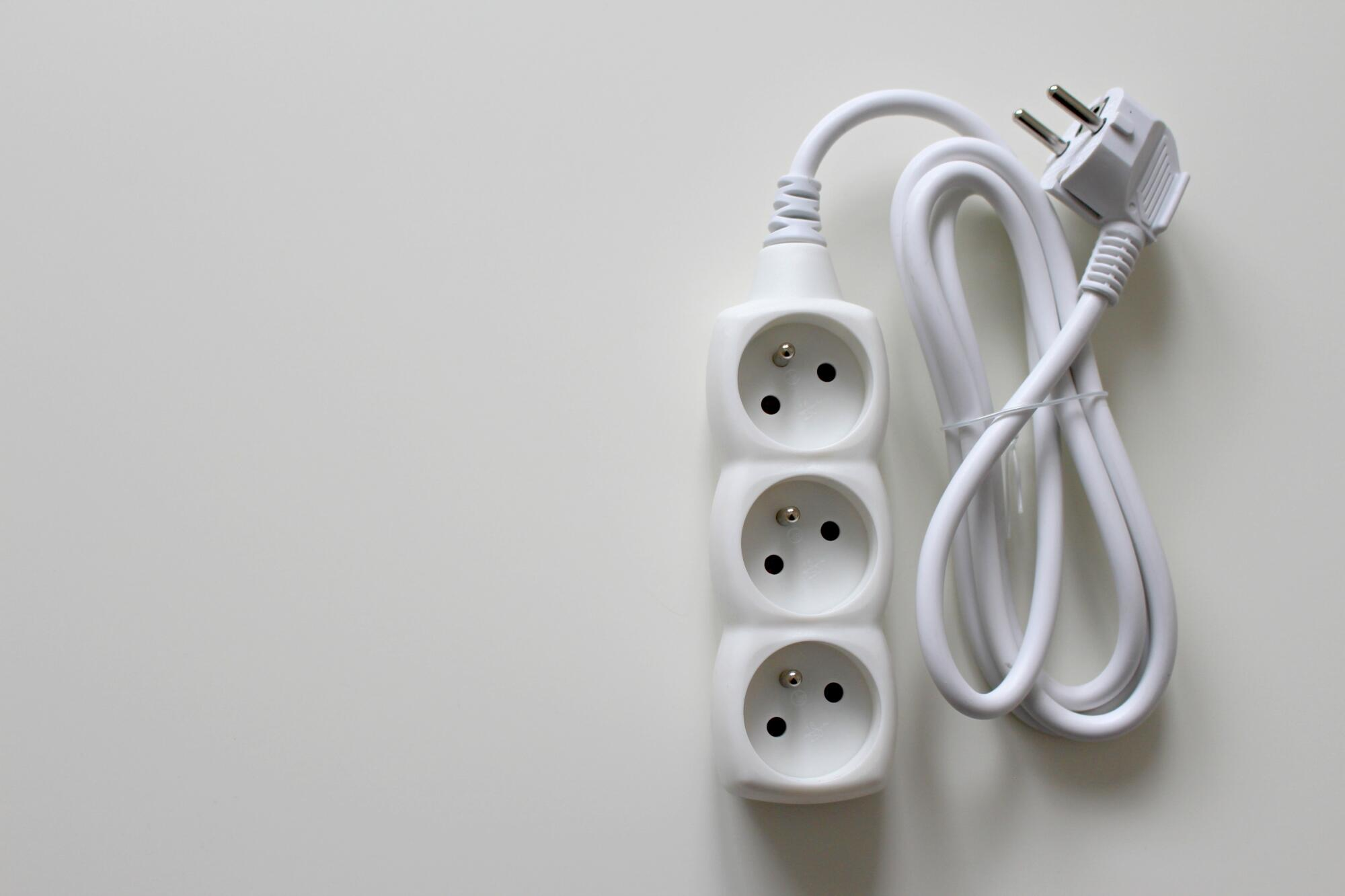How to Choose the Right Power Cable Type for Your Needs
Choosing the correct power cable for your devices, appliances, or machines is more important than many people realize. Using the wrong type can lead to problems such as overheating, wasted energy, or even dangerous electrical accidents.
Every cable is designed for a specific purpose, and knowing how to match it with your needs is essential for both safety and performance.
This guide will walk you through the key factors to consider so you can make a smart choice.
Identify the Purpose of the Cable
The purpose of the cable is the first thing to clarify. Ask yourself what you need the cable for. Are you planning to connect a computer, install a washing machine, or set up heavy machinery in a workshop? Each of these uses demands a different type of cable.
For example, an extension cord may be enough for a laptop, but it would be unsafe to use that same cord for a high-power air conditioner. On the other hand, an industrial cable designed for heavy machinery would be too bulky and unnecessary for a simple desk lamp. Matching the cable to its purpose saves you money, prevents safety hazards, and ensures that your equipment runs smoothly.
Check the Voltage Requirements
Voltage refers to the amount of electrical pressure needed by your device. Every cable is designed to handle a specific voltage level. If you use a cable rated too low for the voltage, it could overheat, melt, or fail completely. On the other hand, using a higher-rated cable than needed is usually safe, though it may cost more and be less flexible.
For example, most home devices run on 120V or 240V, depending on your country. A cable that works perfectly for a lamp may not be strong enough for an oven or a water heater. Always read the voltage requirements of your equipment before choosing a cable. It is usually written on the device label or in the manual. Matching the voltage capacity ensures both safety and reliable performance.
Consider the Current Capacity
Just like voltage, current capacity is an essential factor. Current refers to how much electricity flows through the cable. If the current is higher than what the cable can handle, it will heat up quickly and may even catch fire. This is one of the most common causes of electrical accidents.
For example, imagine you are connecting a microwave that draws a lot of power. If the cable is too thin and not rated for that amount of current, it will overheat every time you use the microwave. Over time, this can damage both the cable and your appliance. To avoid this, always check the current rating, usually measured in amperes (A), and make sure it matches or exceeds the needs of your device.
Look at the Cable Insulation
Insulation plays a big role in keeping the cable safe. Without it, you would risk shocks, short circuits, or damage to the conductor. The type of insulation you need depends on where the cable will be used.
For indoor use, basic insulation is often enough. However, for outdoor use, you need insulation that can resist rain, sunlight, and temperature changes. For example, a garden power tool needs a cable with stronger insulation than a simple indoor lamp cord. Similarly, if the cable will be used near heat sources or in a factory, it must be made from materials that resist high temperatures or chemicals.
By choosing the right insulation, you not only protect the cable but also make sure it lasts longer and performs better.
Think About Flexibility
Flexibility may seem like a small detail, but it can make a big difference. Some cables are stiff and designed to stay in one place for many years, like those used in walls for home wiring. Others are flexible and made to move around, like the cords attached to vacuum cleaners or extension leads.
If you choose a stiff cable for something that needs to move, it may crack or break over time. On the other hand, a flexible cable may not be the best option for permanent wiring since it is not as strong or durable. Always consider how often the cable will move or bend. This will help you decide whether you need flexibility or stiffness.
Evaluate Safety Standards
Safety should always be your top priority when choosing cables. Certified cables are tested to meet national or international standards. These standards ensure that the cable is safe to use, reliable, and durable under normal conditions.
Look for marks such as UL, CE, or other regional certifications on the cable packaging. These labels mean that the cable has passed strict safety tests. Using uncertified or cheap imitation cables can save money in the short term, but they increase the risk of fire, electric shock, or device damage. When it comes to electricity, it is always better to invest in safety.
Match the Cable to the Environment
The environment where the cable will be used plays a major role in your choice. If the cable will stay indoors, away from moisture and heat, a standard type is usually enough. But if you need it outdoors or in harsh conditions, you must choose one that can resist those elements.
For example, outdoor lighting requires cables that can handle rain, snow, and temperature changes. In a factory, cables may need to resist oil, grease, or chemicals. Underground cables must be designed to resist soil pressure and moisture.
Compare Different Types
There are many different types of cables available, each with its own use. Extension cords are good for short-term indoor needs. Armored cables are strong and protect against physical damage, making them perfect for construction sites or underground wiring. Coaxial cables are used mainly for signal transmission, such as internet or television.
When comparing different options, think about what your device or project really needs. For example, if you are wiring a workshop with heavy equipment, an armored cable will last longer and protect against wear. If you only need to connect your computer, a standard flexible cord will do the job. Remember that power cables should not only meet your current needs but also provide long-term safety and reliability.
Choose the Right Power Cable Type
Choosing the right power cable type is not difficult if you know what to look for. Always think about the purpose, voltage, current, insulation, and safety standards.
Match the cable to the environment and plan for long-term use. With the correct choice, your devices will run safely and reliably.
Visit our blog for more!







